Explainer: What is in IRGC's massive new batch of weaponry unveiled recently?
By Ivan Kesic
Islamic Revolution Guard Corps (IRGC) earlier this week unveiled newly received domestically-made military equipment consisting of hundreds of new missiles and drones.
At a ceremony held in the southwestern Iranian port city of Bandar Abbas, the IRGC announced that its naval force took delivery of hundreds of missile systems, drones, and other equipment.
Among the deliveries are new long and medium-range anti-ship and cruise missiles, combat, reconnaissance, electronic warfare (EW) and kamikaze drones, electronic warfare systems, and naval radars.
In the IRGC statement, emphasis was placed on a "large number" of cruise missiles with new advanced warheads of high destructive power, capable of severely damaging or sinking large ships such as destroyers.
It also pointed out that the new cruise missiles integrate stealth features, making it undetectable to enemy radars and immune to their missile defense systems.
IRGC top commander Major General Hossein Salami and Rear Admiral Alireza Tangsiri, who were present at the ceremony, highlighted the growing role of Artificial Intelligence (AI) in naval operations, particularly in precision targeting and minimizing human casualties.
He also stressed the importance of naval warfare and long-range naval missiles, indicating that Iran must be capable of engaging the enemy in the depths of international waters to prevent conflicts.
Major General Salami noted that the process of bolstering Iran's defensive capabilities is rooted in a strategic vision of the Leader of the Islamic Revolution Ayatollah Sayyed Ali Khamenei, which is essential for ensuring Iran's strength and survival in a global system dominated by imperial powers.
Islamic Revolution Guards Corps (IRGC) Navy has received new domestically-made equipment, including cruise missiles equipped with highly explosive warheads capable of evading current missile systems.
— Press TV 🔻 (@PressTV) August 9, 2024
Read more: https://t.co/d1uMp7CTw1 pic.twitter.com/UyHqFnf9TP
"It is up to the nations to choose whether to become strong and live freely and independently, liberating themselves from the dominance of global hegemonic powers, or to choose the path of compromise, submission, and subservience," he emphasized in his remarks.
The unveiling of weaponry came as the US military continues to ramp up its illegal presence in the region to aid the Israeli regime amid heightened tensions over the assassination of Hamas political bureau leader Ismail Haniyeh in Tehran recently.
Iran has vowed to avenge the assassination and warned the US against assisting the Tel Aviv regime.
Displayed weapon systems
The IRGC commanders and official military sources did not divulge more details about individual weapons systems and their precise specifications, but a photo gallery and footage were released showing a large number of known models, as well as some new ones.
Only 210 homegrown systems out of a total of 2,654, in other words, less than 10 percent, were put on display at the ceremony, as other strategic weapons systems could not be showcased for security considerations.
Even that small part of the latest batch, with about a hundred missiles, dozens of drones and several radar systems, represents a rather large arsenal, comparable to the entire arsenal of a NATO member.
Among the unmanned aerial vehicles displayed were at least two dozen unnamed small reconnaissance or multi-purpose drones, similar to the Yazdan or the Faraz and Nasir series.
These easily foldable and portable drones, already seen in July 2021 at the equipping ceremony of the IRGC's Saberin Special Forces Brigade, have a wingspan of about three meters and are suitable for observing the Strait of Hormuz.
At least four units of Ababil-3, a drone for reconnaissance and combat missions, with a range of 250 km, 200 km/h, a service ceiling of up to 5000 meters and an endurance of 8 hours were also seen.
Atlas, the combat version of this original reconnaissance drone, has a hard point on each wing and can carry the Qaem-1 air-to-surface missiles.
WATCH: The IRGC's naval force has received 2,640 domestically-made missile systems, drones, and other equipment.
— Press TV 🔻 (@PressTV) August 9, 2024
Read more: https://t.co/d1uMp7Drlz pic.twitter.com/BAGhmT1b3l
Ababil-5, the latest and largest in the Ababil series of combat-reconnaissance drones, operational since 2022, was also exhibited at the ceremony in several units.
It has a range of more than 480 km and can carry six Qaem precision-guided missiles with a range of 6 kilometers, or four Almas anti-armor missiles with a range of 8 kilometers.
Next to Ababil-5, there were at least ten units of Mohajer-6, a combat drone of similar shape and dimensions, but with somewhat better capabilities.
Mohajer-6 has a wingspan of 10 meters, a speed of 200 km/h, a range of 2,400 kilometers, a service ceiling of up to 5,500 m and carries up to 150 kilograms of various types of missiles.
It also has an autopilot system capable of automatic takeoff and landing and is capable of being fitted with electronic support measures, communications jamming, or electronic warfare payloads.
In addition to drones, dozens of new anti-ship missiles, such as Ghader and Ghadir, which have a range of up to 300 km and a powerful warhead of 200 kg, as well as the Talayieh cruise missile with a range of 1000 km, were put on display.
Also present was the Fath-360 with a triple-tube rocket launcher, a short-range satellite-guided tactical ballistic missile system with a range of 30 to 120 km, a warhead of 150 kg and a speed of Mach 4.
The biggest mystery of the ceremony was located between the Talayieh and Fath-360 systems, a never-before-seen dual octagonal tube rocket launcher with an unknown missile.
Taking into account the aforementioned statements of Iranian officials, there is a possibility that it is an unnamed supersonic cruise missile, the existence of which was announced a year ago.
Dec. 21: ‘Axis of Resistance’ operations against Israeli occupation
Spain jurists demand ties with Israel ties be cut
VIDEO | Press TV's news headlines
VIDEO | Iran honors top Science Olympiad medalists
VIDEO | Austrians arrested at Gaza protest in Vienna
10 killed in bus crash in western Iran
VIDEO | One-man-band journalism with Civili
5 Israeli forces killed as Palestinian fighters face up to regime’s war machine


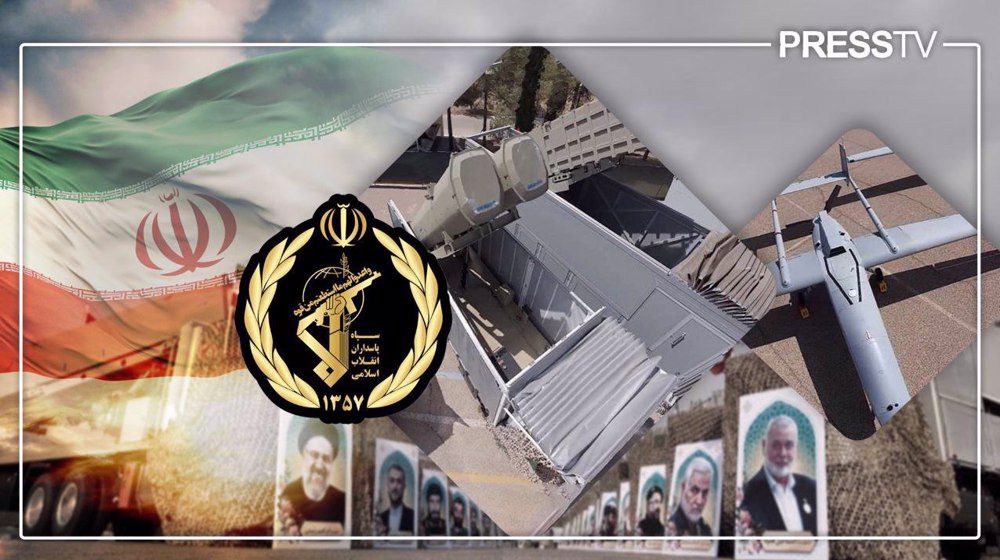
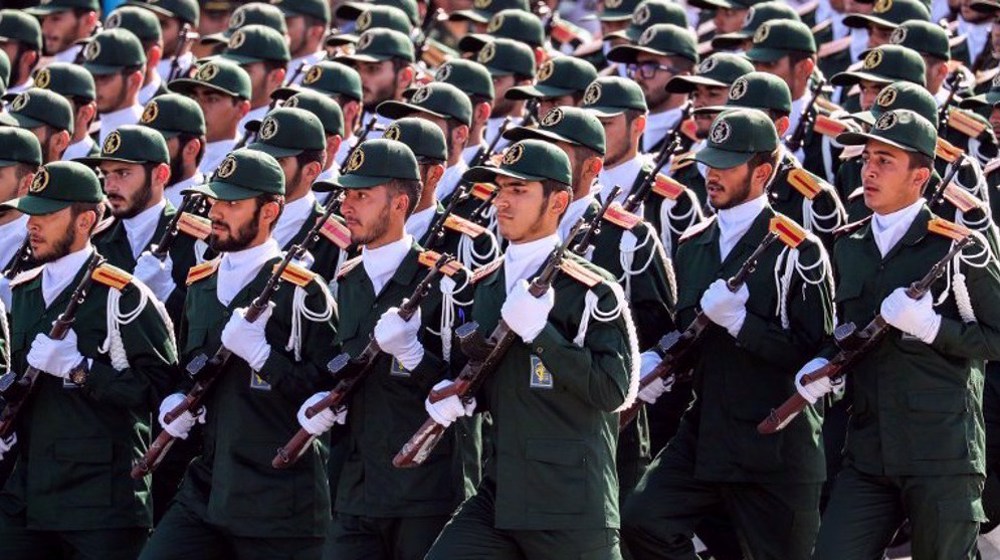





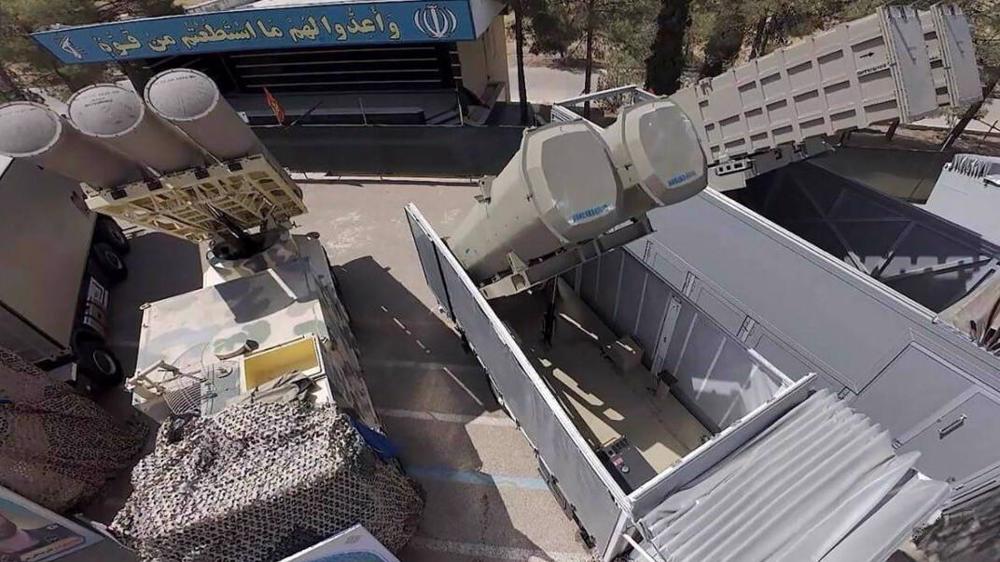

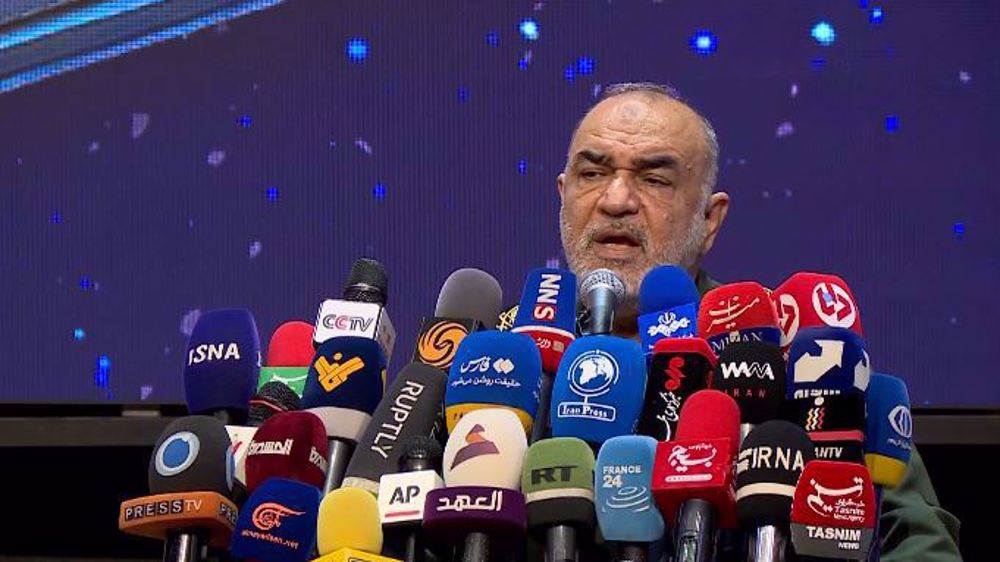

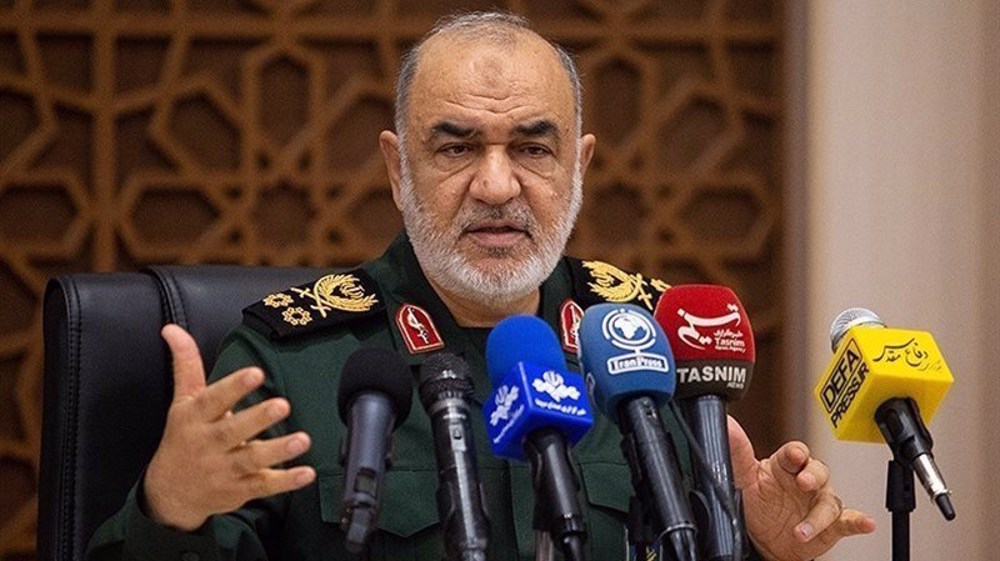

 This makes it easy to access the Press TV website
This makes it easy to access the Press TV website